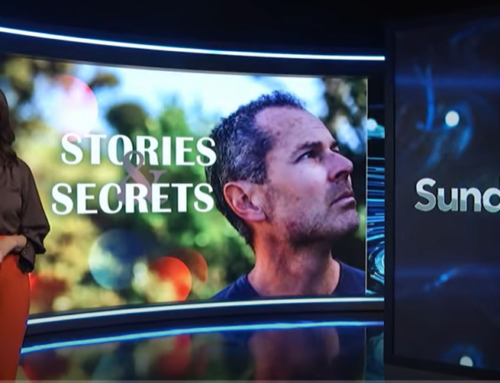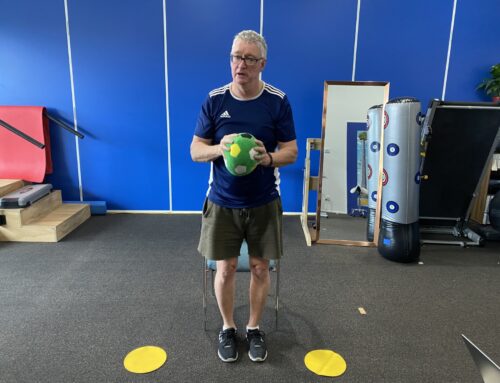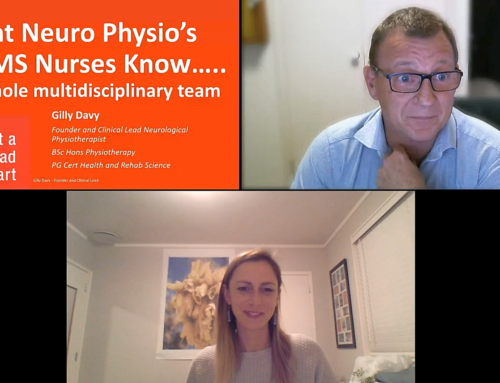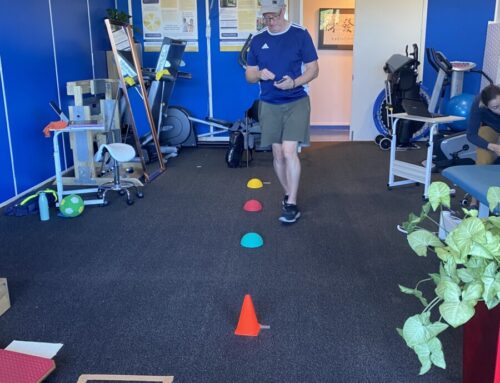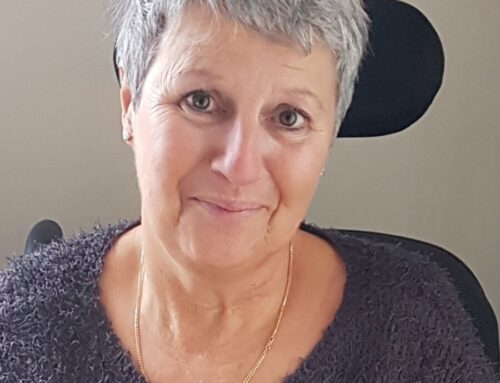I was recently interviewed to give my opinions on driving neuroplascitiy in neurological rehabiliation for Physiotherapy New Zealand’s monthly newsletter. Here is what I had to say in full, and a copy of the article that went to print is attached at the bottom of this post;
How do you optimise skill development with your patients? Or, more simply, how do you help your clients to learn best?
Neurological rehabilitation is complex however there is basic fundamentals that anyone can create to help drive neuroplastic change. They start with the ability to give a client hope, the client has to be able to believe that change is possible and my main aim in the first couple of sessions is to be able to empower the individual to have hopes, goals and aspirations. The client needs to trust the therapist and also have the confidence that the therapist is going to do their absolute best for them individually. You have to get to know your clients, what drives, what inspires then, their likes, dislikes and overall what makes them different from everyone else as everyone is an individual.
How would a typical programme of rehabilitation reflect this?
Compiling the latest research into clinical practice I follow six key principles of driving neuroplasticity and rehabilitation in my programs and treatment sessions. These start with the most influential;
- Meaningful – the activity has to be meaningful to the client and they have to be fully engaged. This level of engagement is so important for the carry over of rehab.
- High intensity – clients need to work hard enough that 3 to 4 times a week they are getting out of breath. When you work at 70-80% of your predicted heart rate max you release Brain Derived Neurotrophic Factors (BDNF) which are nerve growth hormones which increase synaptic activity in the central nervous system. This simple aspect of working individuals hard enough simply does not happen enough in our inpatient and outpatient rehab units.
- Repetition – To form an autonomic pathway or “master” a skill requires hours and hours of practice. Research points towards approximately 300 repetitions an hour for upper limb training and 2000 steps an hour for lower limb.
- Challenge – The more complex a task that involves dual and multi tasking creates more brain activity and drives neuromodulation more with increased nerve cell growth when compared to none challenging tasks.
- Specificity – Everyone is individual and you need to address their specific impairment for example which muscles are weak, not aligned or balance deficits etc
- Variation and Timing – Neurons that fire together wire together regarding timing and making tasks functional and the more variation in a task the better carry over into function.
For a rehabilitation program to successfully work I also fully believe that it needs to be delivered intensively. This way the individual is more engaged and allows the therapist to really focus an intensive stimulation on the nervous system to adapt and change.
How can you prepare a client for optimum learning?
First of all you and the client need to really positive about the session. Priming of the central nervous system has been shown to assist significantly and I use an upper limb priming device to assist with hand rehabilitation and an exoskeleton for lower limb gait priming.
To achieve optimum learning the program needs to be delivered intensively and the client needs to be able to prepare for this regarding organising their other commitments beforehand. Learning can also be assisted significantly with psychological support and refer a lot of my clients to clinical psychology to help assist them through this difficult process.
In your experience, what influences the way people learn? Gender? Age? Motivation?
Anyone and everyone has the ability to change, the main influence is their belief and the belief of the therapist. If the therapist does not believe and is not prepared to try all sort of ideas, that can sometimes have the biggest effect on an individual’s outcomes. I truly believe that clients do not plateau but either the therapist plateau’s or the clients goal, motivation, drive changes. As we get older into our senior years it is harder to create change with less cortical map changes however it is still possible.
If someone has sustained cognitive damage through injury or disease this will significantly impact on someone’s ability to learn and retain information.
In your experience, why do some patients learn more quickly than others?
Essentially it is easier to learn when there is less developments of compensatory movements which are results of a negative neuroplastic change. The more acute a client is in diagnoses the easier it can be. However this is not always the case with a lot of people struggling with either other medical issues or injuries at the time of psychological just not in the right frame of mind. Stress also has a negative effect, if someone is stressed about other issues going on it is very hard for them to focus.
However there is also new research coming out about the ability to be able to predict an individuals recovery depending on either the level of damage sustained and which proteins are present at the injury site in Spinal Cord Injury or in Stroke which central pathways are intact or damaged.
What factors can prevent or limit learning in patients?
Cognitive changes can have the biggest limitation on someone’s ability to learn and change as well as the clients ability to trust and form and partnership with their therapist. (see question as above)
When you see a client for the first time, do you know what their outcomes are likely to be?
I have been working in neurological rehabilitation for a long time and I have a fairly good idea, however you can never guarantee how far someone will progress as we just don’t know there is to many variables. Although remember the muscular and nervous system don’t plateau it’s the drive that plateaus. Most humans in general are no where near their absolute best, we can all be smarter, faster, stronger etc. The one thing I can guarantee clients is that if you don’t even try I know you will are much less likely to make any changes.
And, what methods are used to ascertain the appropriate programmes for a client?
I ensure that a client is able to commitment to the intensity of the program and that I provide ample education about the principles of exercise needed to drive neuroplasticity to ensure the client knows as much as I do about their rehab.
I ensure that hands on therapy is carried over into functional exercises and into real life day to day living and most importantly all my programs have a very large emphasis on self-management programs supporting my clinic sessions.
Is research continuing to change the way you work? If so, how?
Always, the neurological rehab world is always changing and advancing so you have to keep your finger on the pulse. However it is also vitally important that you understand it can often take 10-15 years for research to make it into clinical practice. There is also a very big difference between the research world and real life clinic. An example of this is during a study many individuals do not meet the inclusion criteria so they are never treated, we don’t do that in the real world we treat everyone and what may work in one study may not work on a population or certain presentation that has been excluded.
I am also very passionate about “pushing the envelope” because unless you are trying new things and new approaches how do we know what is the next great thing to actual research.
Why did you get into the area of neurological physiotherapy?
I was drawn to neuro by its complexity and the fascination with the human body and ultimately the rewarding feeling when you get to improve someone’s quality of life. Giving is the greatest gift.
What do you enjoy about this field?
The clients!! I am overwhelmed with the amazing, inspiring and influential people I have the privilege to meet and work with on a day to day basis. There is never a dual moment and I have the ability to say that I significantly impact and improve someone’s quality of life every day and that is truly unique.
What excites you about this field?
Neurorehabiliation will never stay still it is constantly evolving and changing and we are only getting better and better at achieving change. I am a geek when it comes to learning and know that I am a better therapist now than I was last year and also know I will be a better therapist next year.

